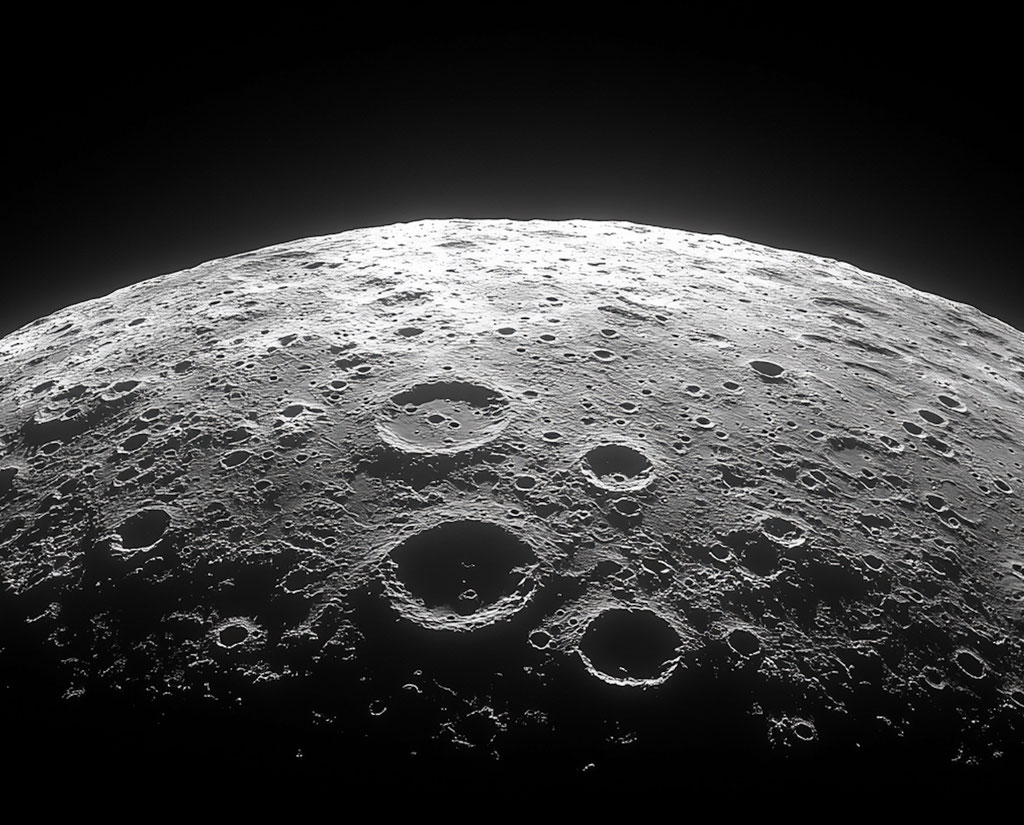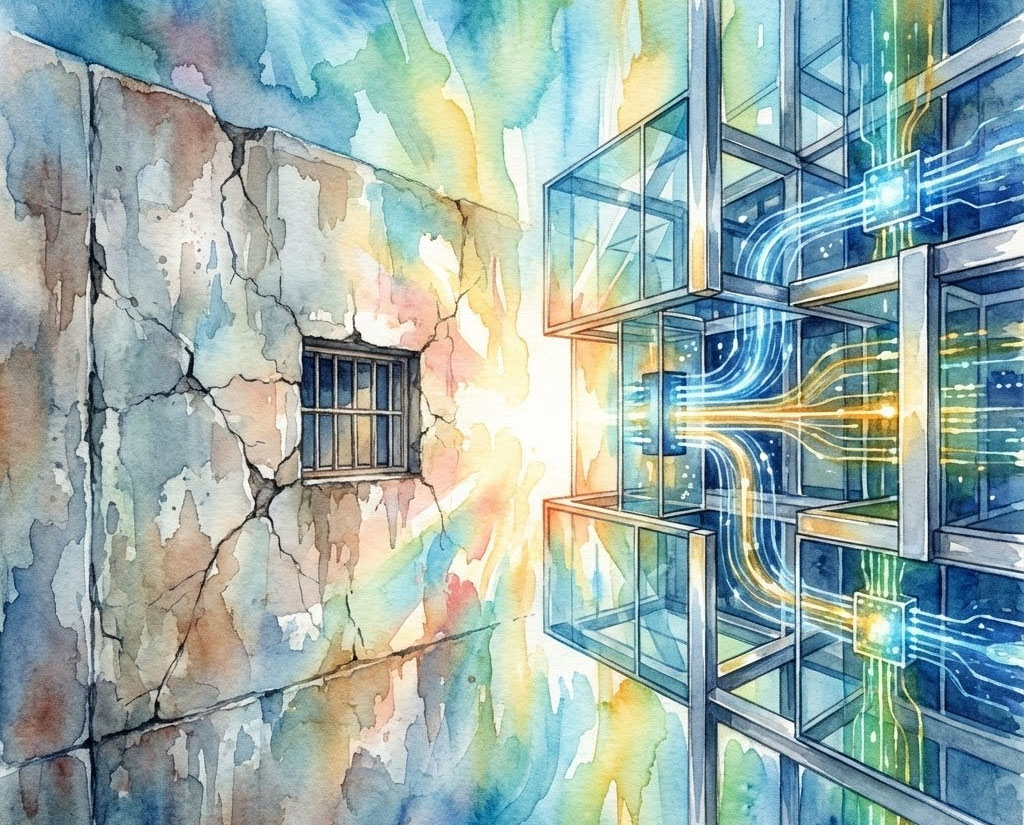
The Moon’s surface has long fascinated scientists and space enthusiasts alike, but there’s one region that stands out as both a scientific treasure and an enigma: the Lunar South Pole. Far from the flat, dusty plains of the equator, the South Pole is a rugged and mysterious terrain of towering craters, jagged rocks, and deep, impenetrable shadows. For centuries, it remained an inaccessible and largely unexplored part of our closest celestial neighbor, but recent space missions have started to reveal its secrets.
A Geography Shaped by Time: The Moon’s Ancient Craters
Its surface is marked by thousands of craters, remnants of violent cosmic collisions that have shaped the landscape over billions of years. While craters can be found across the entire lunar surface, the South Pole is particularly interesting because it contains some of the oldest, most preserved craters in the solar system. These deep, dark depressions have remained relatively untouched since they were formed, offering scientists an opportune glimpse into the Moon’s early history—and the history of the solar system itself.
The fact that many of these craters in the Moon’s permanently shadowed regions have remained shielded from sunlight for so long means that its materials have been preserved while they are often lost to time on other parts of the Moon. For instance, scientists have confirmed that these craters may contain water ice, which is of immense interest for future lunar exploration and commercialization. Water could provide astronauts with drinking water, oxygen, and even fuel (through electrolysis), making it a vital resource for deep space missions and/or a sustainable human lunar presence. In addition, the icy shadows of these craters could help preserve important geological samples and offer a glimpse into the Moon's early environment.
The Lunar South Pole: The Key to Future Exploration
The science behind the South Pole’s terrain is compelling enough, but what makes this region so significant is its potential to unlock the next phase of human space exploration. The Moon’s South Pole represents a gateway to understanding not only our celestial neighbor but also the broader universe around us.
The discovery of water ice by numerous NASA and international observations is perhaps the most exciting prospect for future explorers. It’s not just about water for drinking—it’s about creating a sustainable presence on the Moon. Extracting water from these frozen regions could significantly reduce the costs and complexity of lunar exploration. Water could be used to generate oxygen for breathing and hydrogen for rocket fuel, making the South Pole an ideal location for establishing a lunar base or a refueling station for missions deeper into the solar system.
Moreover, the Moon’s South Pole could serve as a testing ground for technologies needed for human exploration of other planets, such as Mars. The harsh conditions—extreme temperatures, lack of atmosphere, partial gravity, and isolation—provide a challenging environment in which to demonstrate new habitats, life-support systems, and energy solutions that will endure future long duration missions to Mars. If we can figure out how to survive and thrive in such an extreme environment, we will be better prepared for even more distant and dangerous missions.
The Quest for Answers
One of the most fascinating features of the South Pole is the Artemis Basin, a massive impact crater with an estimated age of over 3.8 billion years. At the center of the basin lies an immense, shadowed region where the Sun’s rays never penetrate. This region, which stretches several kilometers across, has remained in constant darkness for billions of years. In contrast, the ridges and peaks around the rim of these craters are bathed in near-constant sunlight, creating a stunning contrast of light and dark across the South Pole’s landscape. NASA is gearing up for the Artemis III Mission to land the first humans in over 50 years as we speak!
As this mission nears, they’ve turned to HeroX’s crowd of innovators to support and ensure astronaut safety. Through the South Pole Safety: Designing the NASA Lunar Rescue System Challenge participants will support NASA with providing innovative solutions for a safe and efficient rescue system during the early Artemis missions.








